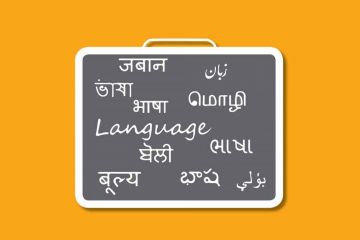
An Indologist and student of comparative religions,
Dorothy Figueira reflects on the rising tide of Hindutva in which she finds
surprising echoes of her work, Aryans, Jews, Brahmins: Theorizing Authority
through Myths of Identity, first published by SUNY Press in 2002 and now
republished by Navayana in 2015.
On February 20, 1939, 20,000 German-Americans attended a
rally of the German-American Bund at Madison Square Garden in New York City.
The organising entity, also known as t





